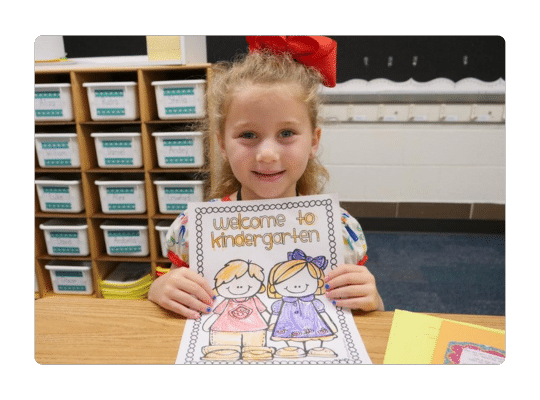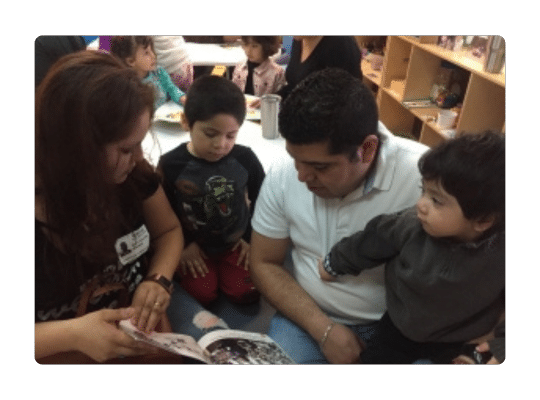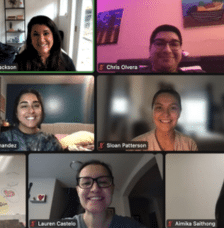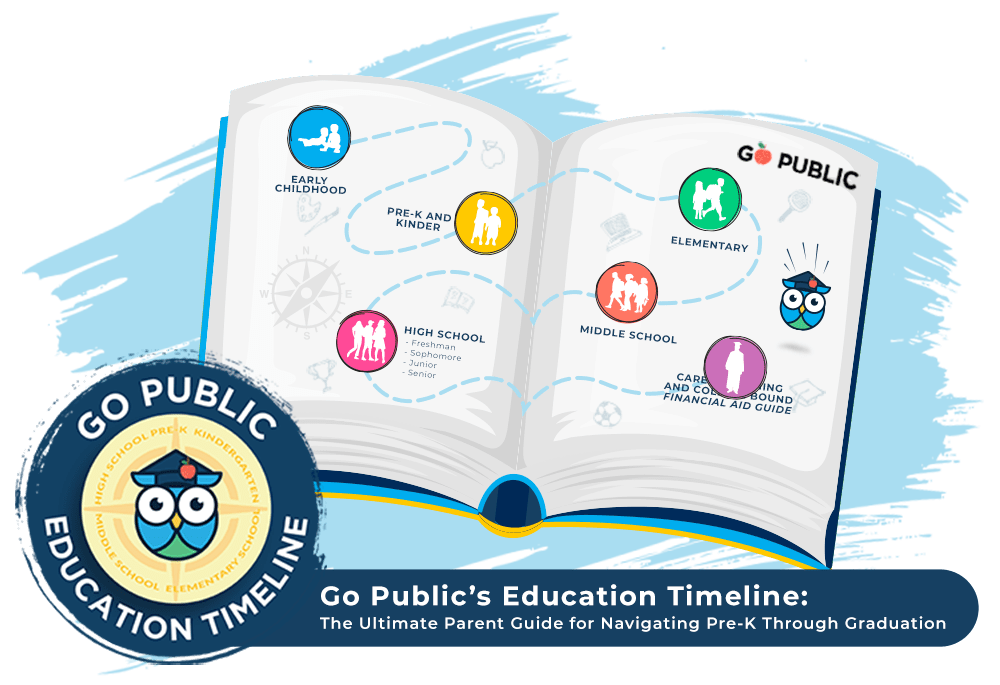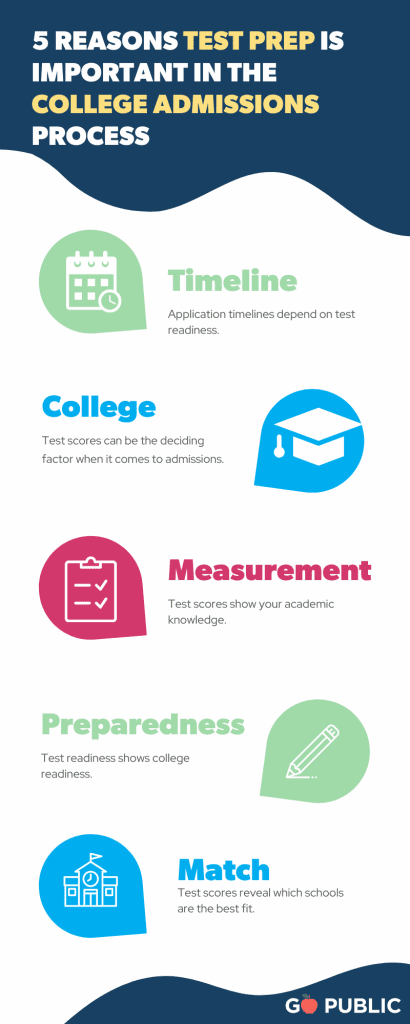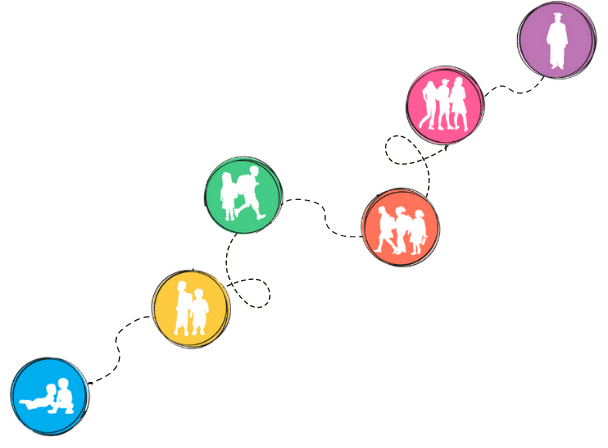To start, several exam prep tools and resources exist to help students prepare for the SAT/ACT exams. Students can find them online and in print. Most importantly, test prep makes taking exams much less stressful. For example, the sooner students begin test prep, the more confidence they will have on test day.
Reasons for preparing early for the SAT/ACT exams:
1. Test scores can determine admissions. A good test score can help increase the chance of admission, even if the application isn’t perfect.
2. Test scores show academic knowledge. Entrance exams reveal to admissions officers what a student has learned and retained. Test prep helps memory recall of crucial academic knowledge.
3. Test readiness shows readiness for college. Test prep and practice help sharpen reading, writing, and math skills. These skills are needed to be successful in college. In addition, these skills prepare for college-level learning.
4. Application timelines depend on test readiness. Scores can take a while to reach college admissions. Students should take tests in plenty of time. This will ensure a test arrives before college acceptance deadlines. Preparing and studying early prevents cramming for exams in order to meet due dates.
5. Test scores reveal which schools are the best fit. Scores will show which colleges are within a student’s reach. As a result, students won’t waste time, effort, and application fees.
Reasons for preparing early for the SAT/ACT exams:
1. Test scores can determine admissions. A good test score can help increase the chance of admission, even if the application isn’t perfect.
2. Test scores show academic knowledge. Entrance exams reveal to admissions officers what a student has learned and retained. Test prep helps memory recall of crucial academic knowledge.
3. Test readiness shows readiness for college. Test prep and practice help sharpen reading, writing, and math skills. These skills are needed to be successful in college. In addition, these skills prepare for college-level learning.
4. Application timelines depend on test readiness. Scores can take a while to reach college admissions. Students should take tests in plenty of time. This will ensure a test arrives before college acceptance deadlines. Preparing and studying early prevents cramming for exams in order to meet due dates.
5. Test scores reveal which schools are the best fit. Scores will show which colleges are within a student’s reach. As a result, students won’t waste time, effort, and application fees.









